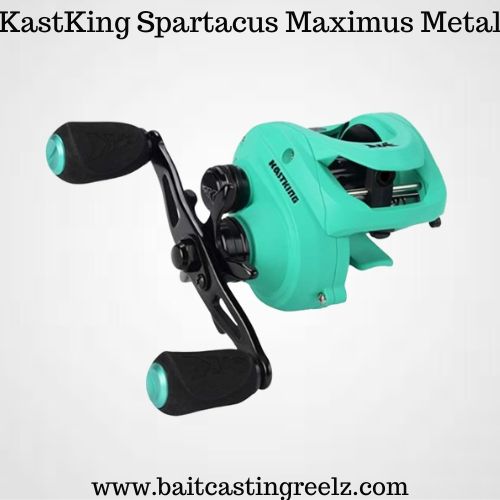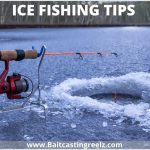Introduction
Welcome to our comprehensive guide on popping cork fishing! If you’re looking to add an exciting and effective technique to your fishing arsenal, popping cork fishing is worth exploring. Popping cork rigs are popular among anglers for attracting fish by creating a popping or chugging sound on the water’s surface. In this guide, we’ll cover the fundamentals of popping cork fishing, including rigging, techniques, and the best practices to help you become successful. So, let’s dive in and discover everything you ever wanted to know about popping cork fishing!
Understanding Popping Cork Fishing
Popping cork fishing involves the use of a specially designed cork or float attached to the fishing line, along with a leader and a baited hook. When the angler imparts action to the rod, the popping cork produces a popping sound by striking the water’s surface. This sound attracts fish, mimicking the activity of feeding or distressed prey.
Components of a Popping Cork Rig
To set up a popping cork rig, you’ll need the following components:
- Popping Cork: Choose a popping cork designed specifically for this fishing technique. Popping corks are available in various shapes and sizes, but most feature a concave or cupped face that produces the popping sound.
- Leader: Attach a fluorocarbon or monofilament leader to the popping cork. The length of the leader can vary depending on the water depth and target species.
- Hooks: Select the appropriate hook size and style based on the bait and target species. Popular options include circle hooks and J-hooks.
- Bait: Use live or artificial bait, such as shrimp, mullet, or soft plastic lures. The choice of bait depends on the target species and local fishing conditions.
Rigging a Popping Cork
Follow these steps to rig a popping cork:
- Slide the popping cork onto the main fishing line, ensuring it can move freely.
- Attach a small bead or swivel above the popping cork to prevent it from sliding too far up the line.
- Tie a fluorocarbon or monofilament leader to the bead or swivel using a suitable knot.
- Attach the desired hook to the other end of the leader using a fishing knot.
- Bait the hook with the selected bait, ensuring it is securely attached.
Techniques for Popping Cork Fishing
Once you have rigged your popping cork, it’s time to start fishing. Here are some effective techniques to employ:
- Popping Retrieve: Cast your popping cork rig into the desired area and allow it to settle. Then, impart a sharp upward motion to the rod, causing the popping cork to splash and create the popping sound. Pause briefly and repeat the motion to mimic the sound of feeding fish or distressed prey.
- Walking the Dog: Instead of sharp pops, use a smooth side-to-side motion to make the popping cork “walk” across the water’s surface. This action can imitate injured baitfish and entice predatory fish.
- Combo Retrieve: Combine both the popping retrieve and walking the dog techniques to create a varied and enticing retrieve. Alternate between sharp pops and smooth walking motions to trigger strikes.
- Drift Fishing: Drift fishing with a popping cork rig can be effective, especially when targeting fish in open water or along grassy flats. Allow the current or wind to move your rig naturally, creating enticing movements.
FAQs about Popping Cork Fishing
Q: What species of fish can I catch with a popping cork rig?
A: Popping cork fishing is versatile and can be effective for various species, including redfish, trout, snook, tarpon, and striped bass, among others. Research the local fishing conditions and target species for the best results.
Q: Can I use popping cork fishing in saltwater?
A: Yes, popping cork fishing is widely used in both freshwater and saltwater environments. Just make sure to use corrosion-resistant components, especially if fishing in saltwater.
Q: What is the best time of day to use a popping cork rig?
A: The best time for popping cork fishing is typically during the early morning or late afternoon when fish are more active and feeding near the surface. However, fish can be caught using this technique at any time of the day.
Q: Can I use artificial lures with a popping cork rig?
A: Yes, you can use artificial lures, such as soft plastic baits or topwater plugs, in combination with a popping cork. Experiment with different lure styles and colors to find what works best for the target species.
Q: How do I select the right popping cork size?
A: The size of the popping cork depends on the fishing conditions, water depth, and the size of the bait being used. Generally, larger popping corks are suitable for rougher waters and larger bait, while smaller corks work well in calmer conditions.
Q: Can I use a popping cork from a boat or shore?
A: Popping cork fishing can be done both from a boat and from shore. When fishing from a boat, cast your rig near structures or areas where fish are likely to be present. When fishing from shore, target areas with submerged structures or drop-offs.
Conclusion
You are now equipped with the knowledge and techniques necessary to enjoy the exciting and productive world of popping cork fishing. Remember to adjust your rig and techniques based on the target species, local fishing conditions, and personal preferences. Popping cork fishing offers an interactive and enticing approach to attract fish and entice strikes. So grab your popping cork rig, choose the right bait, and get ready to experience thrilling fishing adventures!


